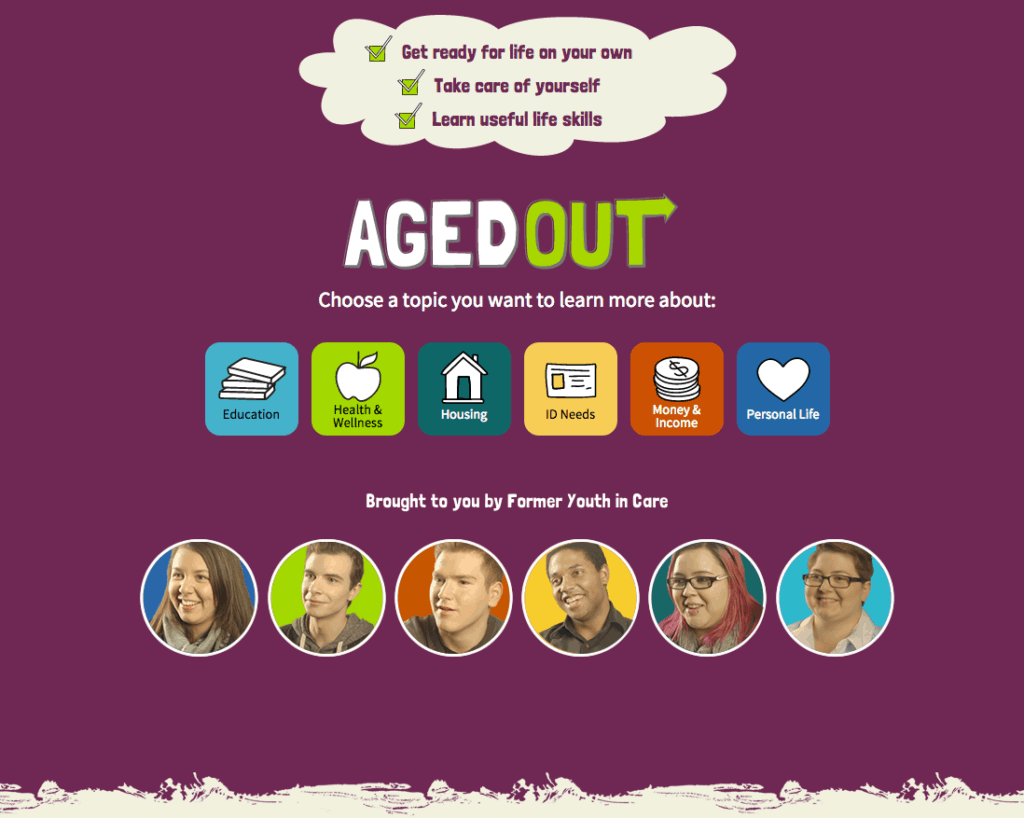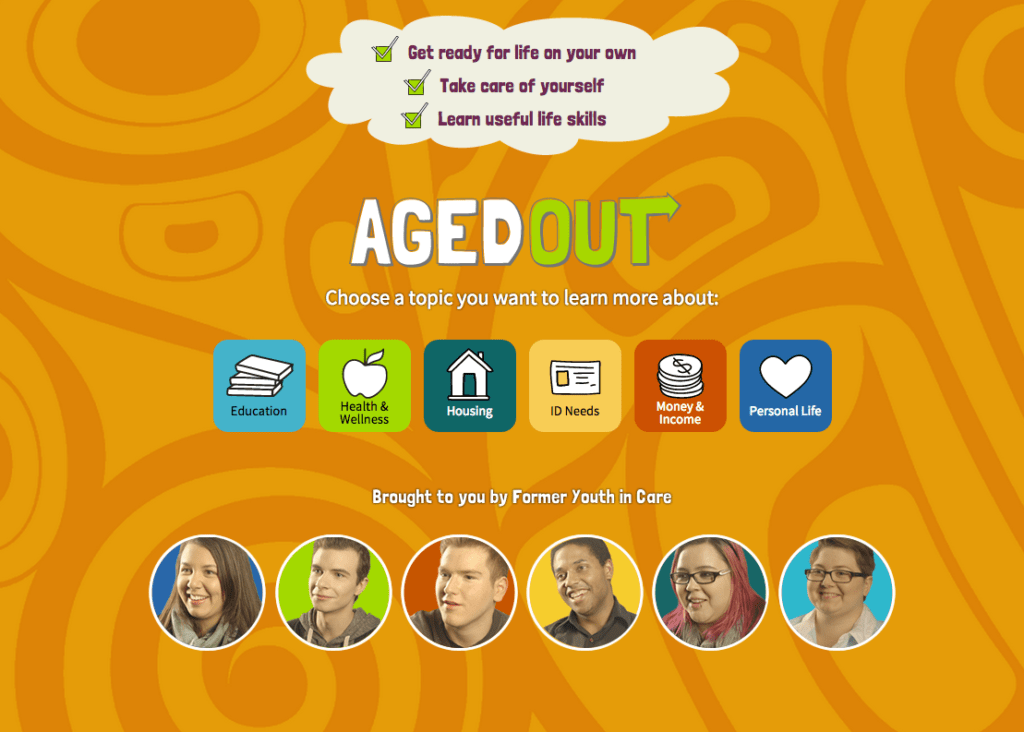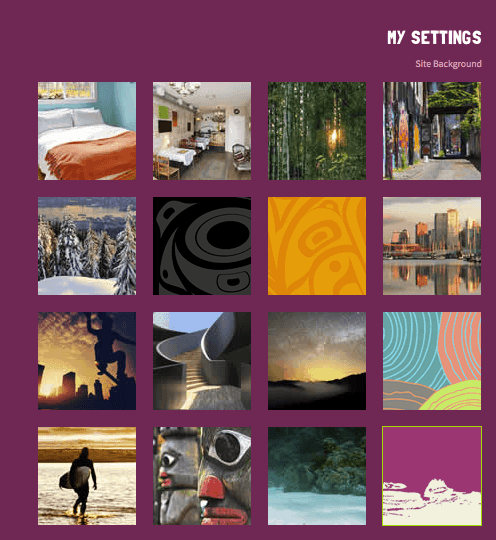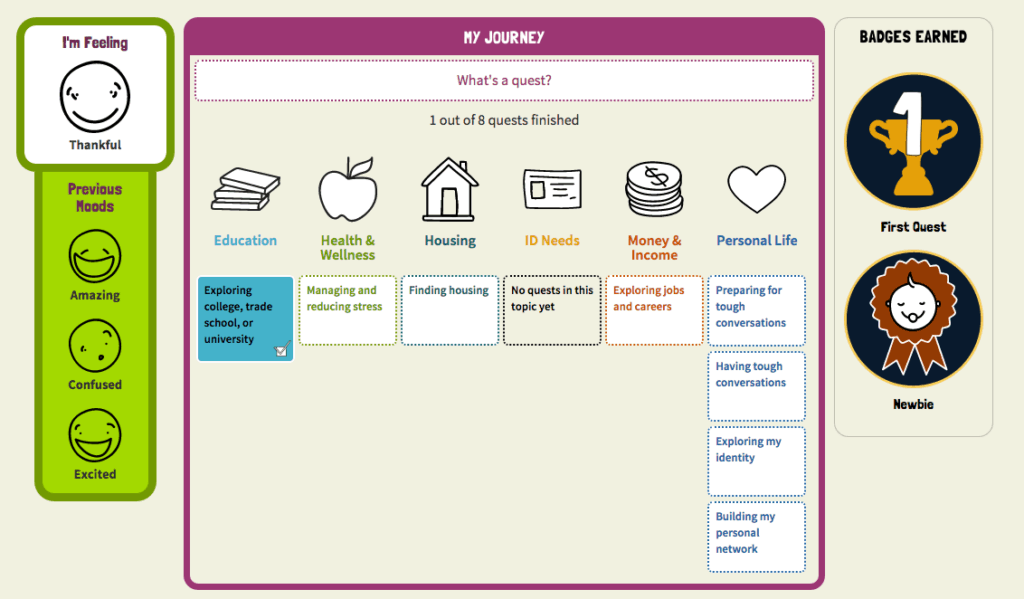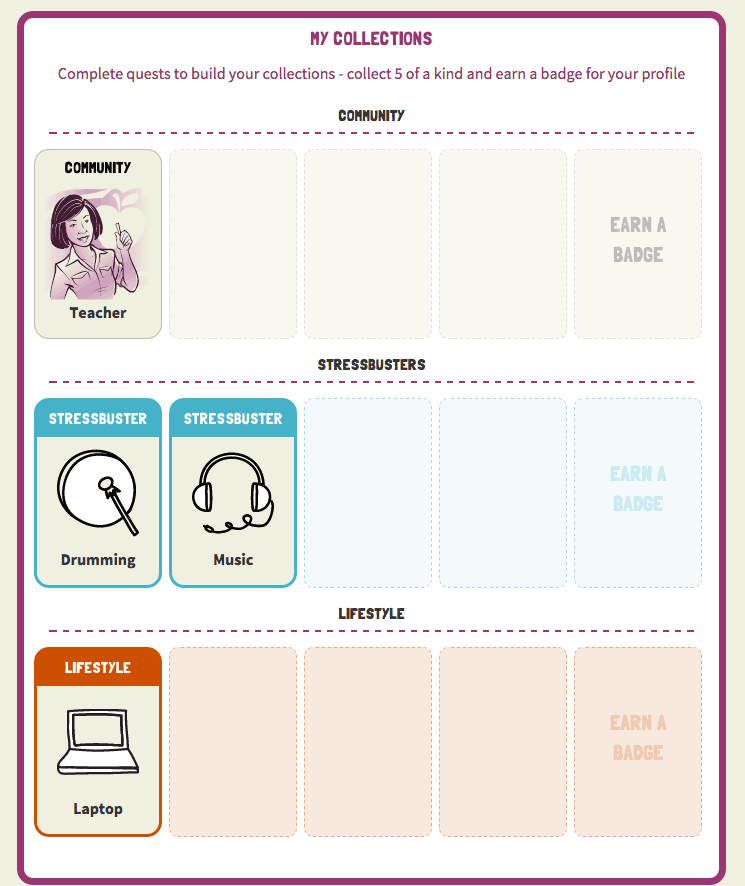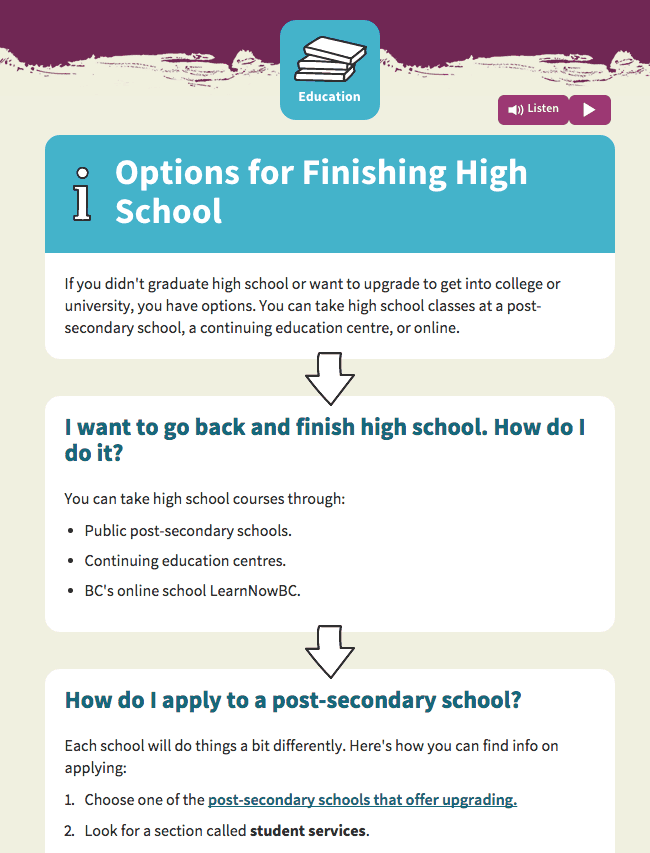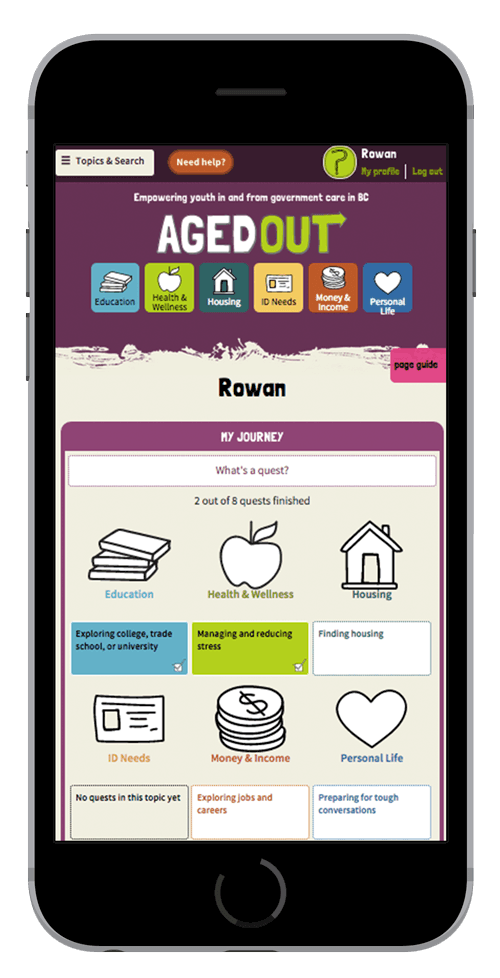Contact
agentic-info@agentic.ca
Aged Out
Adoptive Families Association of BC
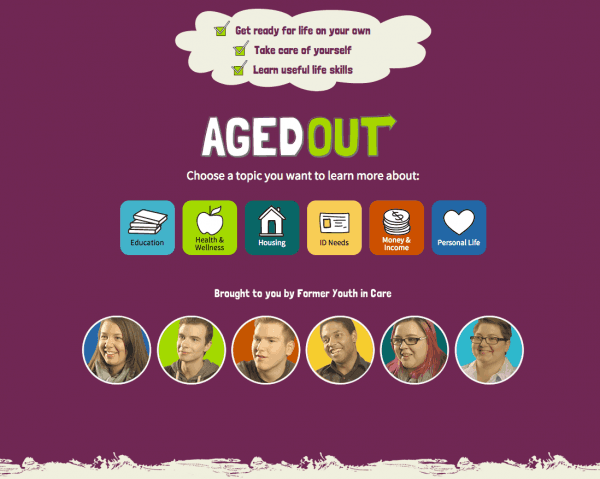
AgedOut.com is an online engagement platform with information, resources and links to services for young adults who are, or were, in government care in BC. The site aims to help these youth equip themselves with the skills and information they will need as they leave care.
AgedOut.com has been nominated for Best Non-profit Website UX 2015from VanUE and for the BC Premier’s Innovation and Excellence Award 2016.
AgedOut.com is an online engagement platform with information, resources and links to services for young adults who are, or were, in foster care in BC. The site aims to help these youth equip themselves with the skills and information they will need as they leave care. With input from former youth in care, we built AgedOut.com as an interactive way to empower aged out youth to leave care and lead successful, independent lives.
- Renting an apartment or finding subsidized housing.
- How to get a bank account.
- How to find a job or prepare for an interview.
- How to apply for medial insurance or get a driver’s license.
- How to get a phone.
- Important life skills such as how to handle an abusive relationship or a tough conversation.
- All of the tasks link directly to real world challenges identified by youth in and from care.
Because the site has been created with the input and involvement of former youth in care, it is designed in a way that speaks to the way in which young people search for – and find – the information they need. Even the domain name was chosen by youth and young adults from government care.
Context
Continuing our successful partnership, we once again collaborated with the Adoptive Families Association of BC on this project. AFABC, with the Federation of BC Youth in Care Networks and the BC Ministry of Children and Family Development, came to us with an idea for building a site to help youth in government care “transition” to independence at age 19. Leaving government care at the age of 19 can be traumatic, as youth find themselves cut off from social worker assistance and financial support, and can’t necessarily rely on a supportive family network like many of their peers do. They are adults under the law.
We worked with AFABC to develop the U-Count website, which hosted a survey of former youth in care. From the results of the survey, we learned which topics youth wanted to learn more about:

Organization
We have worked with the Adoptive Families Association of BC on a number of projects. AFABC has supported adoptive kids, youth and families for over 30 years. They extend province-wide and provide education, connections, resources and support for those engaged in any stage of the adoption process, including youth in care.
Challenge
Our challenge was to find the best way to ease young people’s transition out of care. We conducted several focus groups with former youth in care and realized that a lack of resources wasn’t the reason they struggled to find information that would help them. In fact, there were tons of resources available. Youth just weren’t accessing them. Lots of organizations provide valuable information for young adults, but most agencies do a poor job of actually connecting with this demographic. Originally, the idea for the site was to make a digital version of an existing printed book as a resource site for former youth in care to learn about various services. What we learned from the youth was that wouldn’t be enough. Our challenge was to engage aged out youth so they would access the information they needed. We realized that youth needed a site where they would feel comfortable, where they could learn at their own pace about the life skills they need. But what mattered most to them? After a few more focus groups, we had a clearer idea.
With this research under our belts, we focused the site’s content on the following six topics:

Some of the specific subjects covered within these topics are:
- Renting an apartment
- Finding subsidized housing.
- How to get a bank account.
- How to find a job
- How to prepare for an interview.
- How to apply for medical insurance or get a driver’s license.
- Important life skills such as how to handle an abusive relationship or a tough conversation.
Our challenge was two-fold: to meet the goal of being a resource with all of the information our audience needed in one place and to create a site that actually engaged them so they would make use of the resource we were providing. We responded with an interactive website based on the idea that we needed to engage youth where they’re at, which meant understanding how youth engage today.
Solution
We built a site that showcases the information former youth in care highlighted as essential. The resources and information provided cover topics that matter most to aged out youth, and are clear, concise and easy to navigate. We also created innovative learning modules called ‘quests’, which include videos of former youth in care as they speak about their personal experiences of navigating life after government care. The interactive learning activities in the quests make it easier for users to retain information from the site, while the videos presenting real people that young adults transitioning out of care can relate to. See below for an example video on identity.
Another important strategy we used to engage youth in the site is gamification, for which we used the Picnic platform, developed by our partner Pugpharm. Thanks to Picnic, users aren’t just presented with interactive learning experiences, they’re rewarded for exploring them. As users complete quests and explore other aspects of the site, they can earn badges for their profile. For aged-out youth under 25, badges also have real-world value: collect enough, and you’re entitled to a gift card to one of a selection of popular stores, including Ikea and Best Buy. The result is an interactive site that looks and feels approachable, accessible and fun. One additional strategy we implemented to increase engagement is the addtion of ReadSpeaker to information pages on the site. ReadSpeaker reads the text on webpages aloud, which should make the site accessible to out-of-care youth, no matter their educational background.
Our approach overall on the interface is to help calm people down so that they can learn. We know youth in care when they come to the site are stressed. We know that because in our focus groups, we saw how information is easily available elsewhere but is not used by this group as they get overwhelmed. So, we made a simple, elegant interface that only presents information that’s needed. We used colours and customization to make it friendly, but not talk down to youth. It’s not an overwhelming number of boxes and interfaces.
We wanted it to be a calming but engaging experience. We use a number of elements, including real-world rewards, to create a method for people to complete this initial set of quests. It’s our first year, so these are the most important things identified by youth in care.
In the elearning component, we struggled to find ways that we teach without “testing”, as school can bring up bad memories. Instead, we use experiential learning where, as you go through, you get to understand the content. It’s very innovative in that so many elearning platforms want to quiz, quiz and test. We had to bake our own elearning approach to help youth in care learn.
You can enable/disable right click

